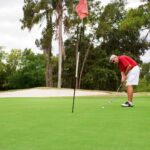Join Our Senior Golfers Newsletter!
Sign up today and receive your free Golf After 60 Bonus Stretch Guide!
When it comes to playing golf, the day and time you choose can greatly affect your overall experience on the course. Golf is a sport where you need to concentrate, have skill, and be in a calm environment to fully enjoy and perform your best. Let’s talk about the things you should think about when deciding the best day and time to play golf. Ideally, you should aim to play on days with mild temperatures, minimal wind, and clear skies. It’s advisable to avoid days with extreme heat or heavy rain as they can not only make your golfing experience less enjoyable but also affect your performance on the course. Golf Days:
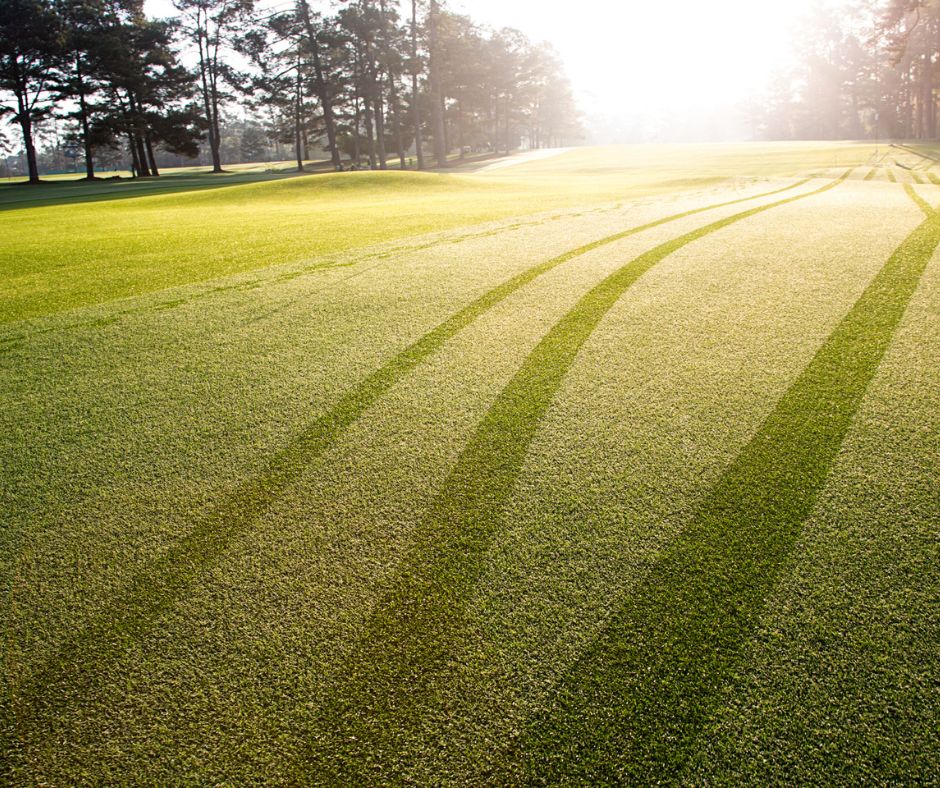
Golf Days: The Best Day & Time To Play Golf
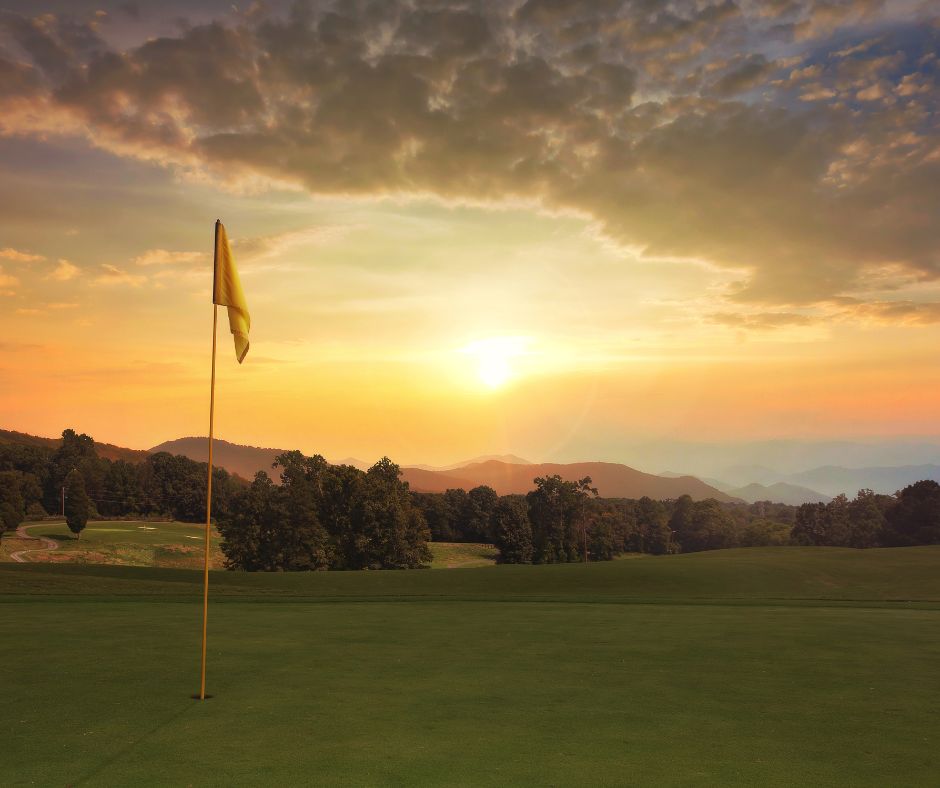
Seasonality. This is yet another factor to keep in mind when planning your golf outings. Different seasons bring about varying course conditions and playing experiences. Spring and fall are often considered the prime seasons for golf, as the temperatures are moderate, and the course is typically well-maintained. Spring brings vibrant flora as the plants awaken from their winter slumber, while fall showcases a colorful palette as the leaves change before winter arrives. These seasons offer a beautiful backdrop for your game, making them popular among golf enthusiasts.

Here are some additional tips for choosing the best time to play golf:
In conclusion, selecting the best day and time to play golf can significantly enhance your enjoyment and performance on the course. Considering factors such as weather conditions, preferred time of day, weekday versus weekend, and seasonal variations can assist you in making an informed decision. Remember, golf is not only a game but an experience, and choosing the right day and time ensures that you make the most out of your time on the fairways and greens. So, plan ahead, grab your clubs, and tee off on a day that promises an unforgettable golfing adventure.
By taking all of these factors into account, you can choose the best day and time to play golf for you and your group.
Palm-and-Finger Grip vs All-Fingers Grip – Comparison by Golf Distillery
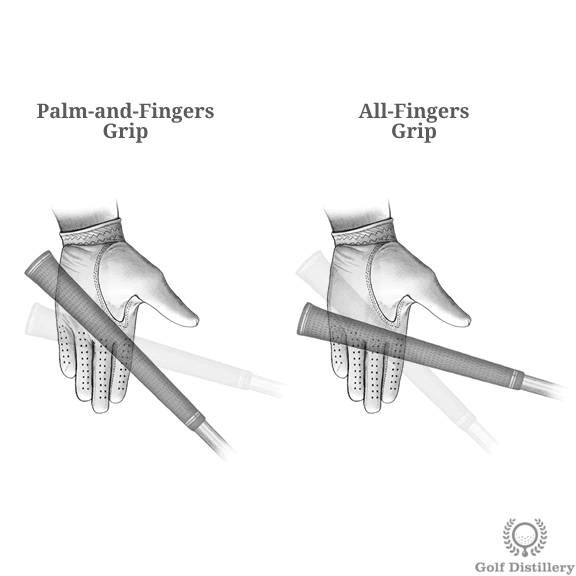
In relation to where the left thumb is positioned on the grip of the club, where the grip will reside inside the left hand can also vary. Indeed, a golf grip can be further characterized by how close the grip of the club lines up with the base of the fingers and with the palm of your hand.
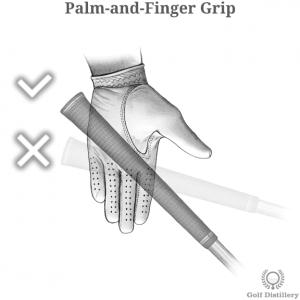
Palm and Finger Grip
As its name implies a palm and finger grip will see the grip of the club pressed against both the fingers and the palm of the hand.
On the low end the grip will be held in place by the inside of the middle knuckle of the index finger.
On the top end the grip will be held in place by the fatter pad of your hand, which will be pressed against it.
Naturally, the rest of the club will line up between these two end points and will result in a grip that crosses your hands in a diagonal fashion.
This type of grip was famously recommended by Ben Hogan who allocated a full chapter to its careful instructions in his bestseller “Ben Hogan’s Five Lessons – The Modern Fundamentals of Golf”

In order to adopt a palm and finger grip you’ll likely begin by placing your left thumb in a short thumb fashion. Indeed, a palm and finger grip is most comfortable and natural with a short left thumb position.
And because of this, the grip comes with its associated features of shorter swing amplitude and somewhat restricted club movement at the top, all in contrast to a long left thumb position.
Additionally, the palm and finger grip promotes an upright club lie. Indeed, by running diagonally inside the left hand the club shoots down towards the ground at a steep angle.
Finally a word of caution. Golfers with such a grip type should be careful to keep it from moving too far into the palm of the hands. Indeed, the placement of the club inside the hands can vary, ever so slightly each time but over a long enough time horizon it can result into a woefully flawed grip.

All-Fingers Grip
The all-fingers grip is a type of finger placement that sees the left hand gripping the club towards the junction of the fingers and the hands, inside the first knuckles.
Indeed, the lower end of the grip will be pressed against the first knuckle of the index finger while the top portion will rest against the inside of the little finger’s first knuckle.
As such, the club will be held in a straight line at the base of the fingers.

An all-fingers grip is associated with a long left thumb setup as it is most natural and comfortable that way.
Because of this, the features of the long thumb are transferred onto the all-fingers grip. Notably, a full swing amplitude allowed by an unconstrained hinge at the top of the swing features prominently.
Additionally, it should be noted that such a grip type promotes a shallower club lie. Indeed, by running on a straight line at the base of the fingers the club doesn’t shoot straight down but rather is angled to come down on a smoother incline towards the ground.
